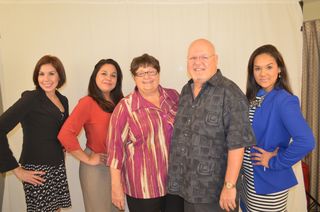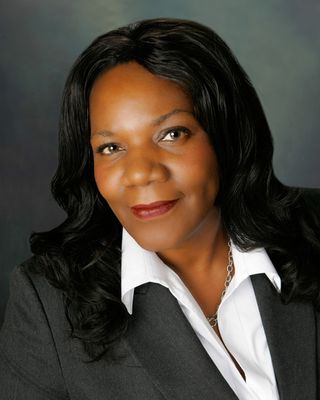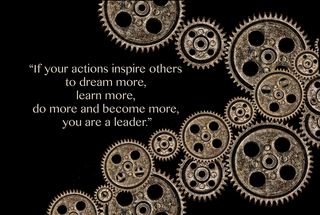Are you tracking your closing rate? You should be, if only for self-evaluation. Your Pipeline Focuser™ will quickly show how many prospects became clients at each of your Initial and Vision Meetings™ If your closing rate average is lower than 70% you should investigate further.
 A low closing rate is not always attributable to the attorney’s lack of skill in the Initial or Vision Meeting™ Sometimes the prospect just isn’t qualified to move forward. While it would be great if your staff could weed out those unqualified prospects before you invest your time in meeting with them, if they attended a workshop and you promised a complimentary Vision Meeting™ then you don’t have much choice.
A low closing rate is not always attributable to the attorney’s lack of skill in the Initial or Vision Meeting™ Sometimes the prospect just isn’t qualified to move forward. While it would be great if your staff could weed out those unqualified prospects before you invest your time in meeting with them, if they attended a workshop and you promised a complimentary Vision Meeting™ then you don’t have much choice.
However, if your closing rate is low and your prospects are largely not qualified, then consider investing time to improve your skills.
On the LWP member website, in the Vision Meeting™ folder (located in the Estate Processes tab), there are four videos designed to help you “close the deal.” Two of them deal specifically with boosting your closing rate by using the Vision Clarifier™.
Are you using the Vision Clarifier™? It’s the tool that visually demonstrates the solution to issues identified in the audit. If you’re skipping this tool, then you’re not visually demonstrating your recommended solution(s).
During the workshop, the attorney tells stories that are memorable, colorful and interesting. Using a PowerPoint presentation, the attorney is able to anchor stories that are easily visualized by attendees. Adding props such as the little red wagon and the dollar bill maintains interest in the illustrations.
At the subsequent Vision Meeting™ the attorney continues educating prospects in a one-on-one setting by connecting the workshop stories to the Estate Planning Audit™ and then demonstrating solutions with the “Vision Clarifier™, leading directly to the firm fee schedule.
This is where the “rubber meets the road.” The bottom line truly is do you believe in the solution you are recommending? Are you able to clearly see the value? If you are, you won’t hesitate when it comes to quoting your fee. That printed fee schedule you worked so hard to develop will boost your confidence and demonstrate to the prospect that you are not pricing based on his/her assets. You really do have set fees.
I invite you to track your own numbers. If prospects walk out of your office, “wanting to think about it,” the odds begin to dramatically decrease that they will become clients anytime soon. Being able to properly demonstrate the benefits of your proposed plan in that first meeting is a priceless skill. Putting in the time to hone and improve this skill will have exponential impact on your bottom line.
If you want to learn more about the Lawyers With Purpose Client Enrollment Process™, join us in Charlotte, NC, February 3rd-5th for our Practice With Purpose Program. There are only a few seats left so register today!
Nedra Catale – Coaching, Consulting & Implementation, Lawyers With Purpose










